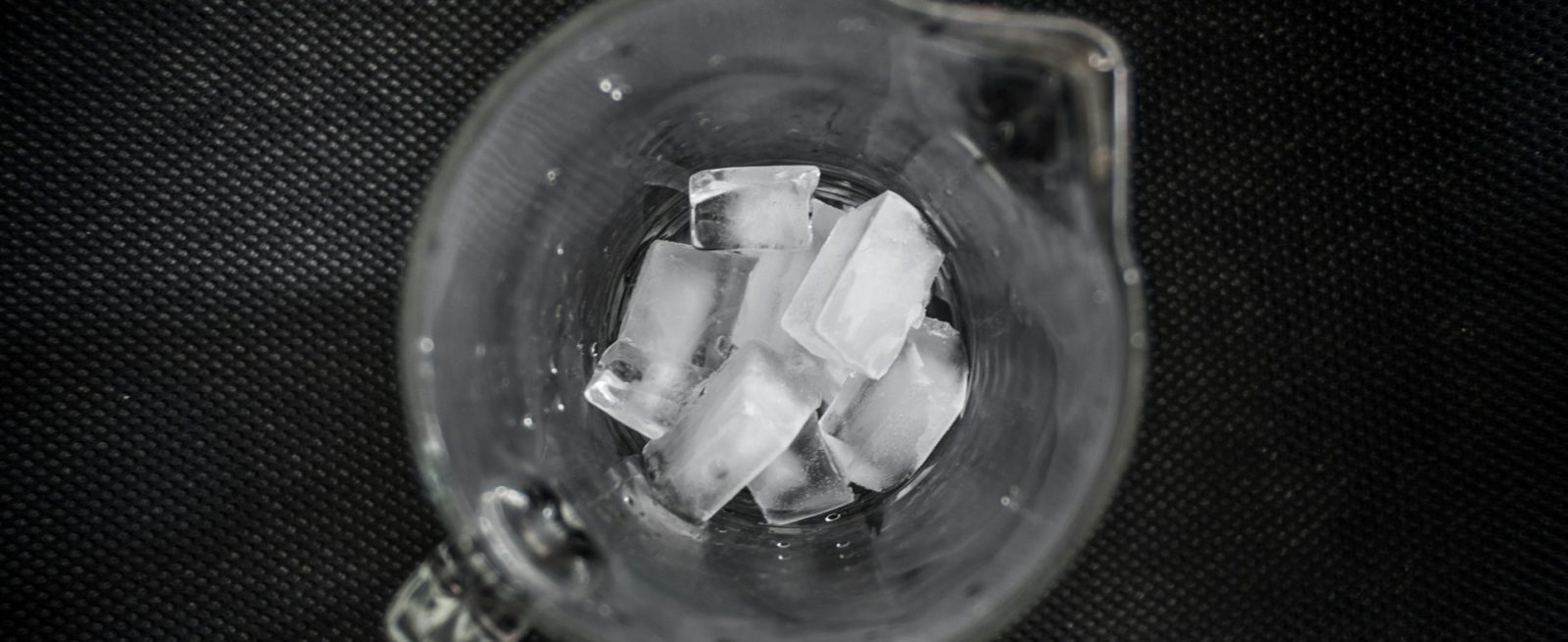Preserving the Purity of Ice: Strategies for Combating Mold Contamination
2 Min Read By Ashley Gleason
Ice plays an indispensable role in the restaurant industry. Not merely a frozen necessity, quality ice is the hallmark of an establishment's commitment to excellence, hygiene, and customer satisfaction. However, the omnipresent challenge that frequently undermines this commitment is the insidious infiltration of mold in ice machines. Understanding the mechanisms of mold incursion and implementing preventative measures is not just advisable—it is imperative.
The Ingress of Mold
Mold is a resilient organism that thrives in moist environments, making ice machines an ideal habitat for its proliferation. Several conduits facilitate its entrance and establishment within these systems:
- Airborne Spores: Mold spores, ever-present in the environment, can infiltrate ice machines through air circulation, nesting in nooks and crannies, awaiting conditions conducive to their growth.
- Poor Ventilation: Inadequate ventilation exacerbates humidity around and within the ice machine, creating a sanctuary for mold colonies to flourish.
- Water Supply Contamination: Mold can also be introduced through a contaminated water supply, particularly in regions where water quality is less regulated or prone to microbial infestation.
Proactive Prevention
The adage 'an ounce of prevention is worth a pound of cure' could not be more pertinent when safeguarding against mold. Empire advocates for a multifaceted approach to mold prevention:
- Regular Maintenance and Inspections: Routine checks and cleaning are paramount. Performing comprehensive inspections of gaskets, seals, and water filters can fortify against mold ingress.
- Air Quality Control: Ensuring the area surrounding the ice machine is well-ventilated will dishearten mold colonization.
- Water Filtration Systems: Implementing superior water filtration systems can significantly reduce the risk of mold spores entering the machine through the water supply.
Mold Mitigation and Cleansing Protocol
In instances where mold has breached preventative defenses, swift and effective action is required. The following steps outline an industry-standard cleansing protocol:
- Power Down: Initially, disconnect the machine to ensure safety and prevent mold spores from dispersing during the cleaning process.
- Disassemble and Inspect all removable parts
- Cleanse and Sanitize: Utilize commercial-grade mold removal solutions specifically designed for ice machines. These solutions eradicate mold while ensuring the integrity and safety of the machine's components.
- Professional Consultation: For severe mold infestation, or as part of a rigorous maintenance routine, enlisting the expertise of professionals guarantees a comprehensive assessment and resolution.
The presence of mold in ice machines is a pertinent issue that demands attention, professionalism, and understanding. By adhering to the guidelines, establishments can ensure their ice is not only pristine and clean but also a testament to their unwavering commitment to quality and hygiene. Mold infiltration in ice can pose significant health risks to consumers.


